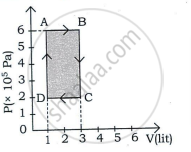Advertisements
Advertisements
प्रश्न
Apply first law for an isobaric process.
उत्तर
The first law of thermodynamics for an isobaric process is given by ∆U = Q – P∆V
W = P∆V, ∆U = `"Q" - μ"RT"_"f" [1 - "T"_"i"/"T"_"f"]`
APPEARS IN
संबंधित प्रश्न
Draw a p-V diagram showing positive work at constant pressure.
3 mole of a gas at temperature 400 K expands isothermally from an initial volume of 4 litres to a final volume of 8 litres. Find the work done by the gas. (R = 8.31 J mol-1 K-1)
An ideal gas of volume 2 L is adiabatically compressed to (1/10)th of its initial volume. Its initial pressure is 1.01 x 105 Pa, calculate the final pressure. (Given 𝛾 = 1.4)
Write a note on free expansion.
Explain thermodynamics of the adiabatic process.
In a petrol engine, (internal combustion engine) air at atmospheric pressure and temperature of 20°C is compressed in the cylinder by the piston to `1/8` of its original volume. Calculate the temperature of the compressed air. (For air γ = 1.4)
In an isothermal process, the volume of an ideal gas is halved. One can say that ____________.
The work done on the system in changing the state of a gas adiabatically from equilibrium state A to equilibrium state B is 22.4 J. If the gas is taken from state A to B through another process in which the net heat absorbed by the system is 15.5 cal, then the net work done by the system in the latter case is ______.
( l cal = 4.2 J)
Consider P-V diagram for an ideal gas shown in figure.
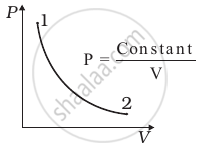
Out of the following diagrams (figure), which represents the T-P diagram?
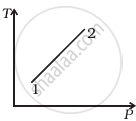 (i) |
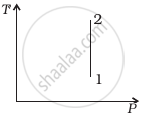 (ii) |
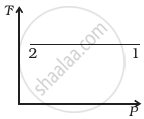 (iii) |
 (iv) |
An ideal gas is taken through a cyclic process ABCDA as shown in figure. The net work done by the gas during the cycle is ______.
